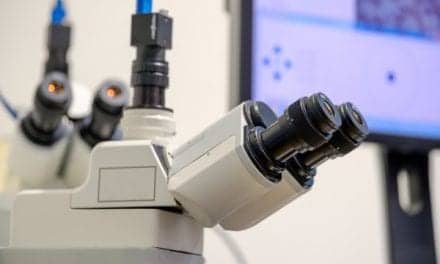The FDA has approved Bayer’s Gadavist (gadobutrol) injection for use in cardiac magnetic resonance (MR) imaging to assess myocardial perfusion and late gadolinium enhancement in adult patients with known or suspected coronary artery disease (CAD). Gadavist is now the first and only contrast agent FDA approved for use in cardiac MR–an important diagnostic tool for patients with CAD.
“Gadobutrol-enhanced cardiac MR demonstrated efficacy in a large global multicenter clinical trial,” says Daniel S. Berman, MD, FACC, chief of cardiac imaging and nuclear cardiology at the Cedars-Sinai Heart Institute and the S. Mark Taper Foundation Imaging Center. “The FDA approval is a landmark for making this validated, non-invasive method available to healthcare professionals to evaluate their patients for the most common form of heart disease in the world.”
The approval was based on two multinational, non-randomized, blinded-read Phase 3 studies of almost 1,000 adults with suspected or known CAD based on signs and symptoms. Nearly 800 of those patients were evaluated for efficacy. First approved in 2011, cardiac MR is now the fourth FDA approved indication for Gadavist.
The Society for Cardiovascular Magnetic Resonance recognizes cardiac MR as a non-invasive tool that provides relevant and actionable information to healthcare professionals.
“We now have an approved contrast agent for use in cardiac MR to assess perfusion and late gadolinium enhancement in less than one hour,” explains Scott Flamm, MD, MBA, head of cardiovascular imaging, Cleveland Clinic. “A Gadavist-enhanced cardiac MR is a key diagnostic tool, providing additional important clinical information, which can help physicians manage their patients with known or suspected CAD.”
“This latest FDA approval represents another first from Bayer, as Gadavist is the first and only contrast agent approved for cardiac MR,” adds Dennis Durmis, SVP and head of Americas Region at Bayer Radiology. “Not only does this approval add to our existing indications for Gadavist, expanding scientific knowledge, but also underscores our dedication to research and provides radiologists and cardiologists with another diagnostic option as they manage their patients with known or suspected CAD.”







Hi Sir,
Could you please quote us your best prices for contrast?
Because we are very interested